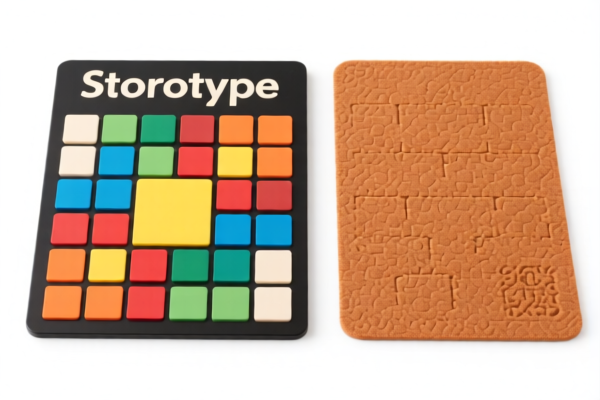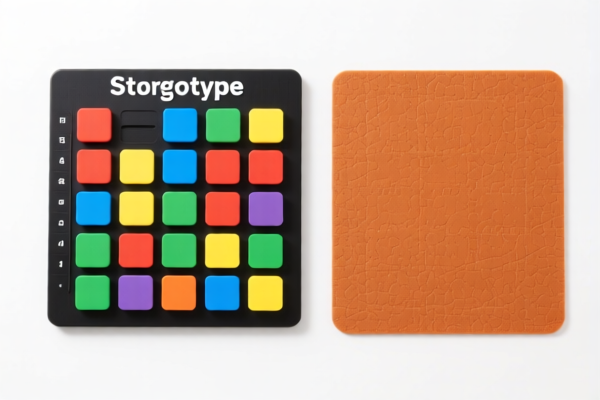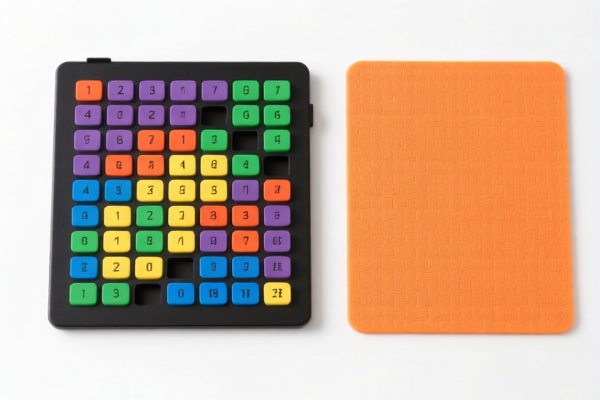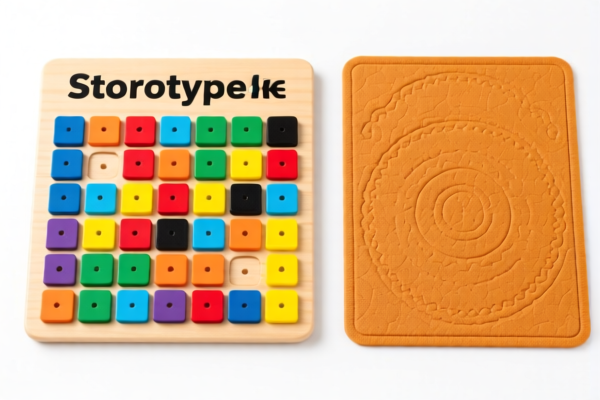| HS Code | Official Doc | Tariff Rate | Origin | Destination | Effective Date |
|---|---|---|---|---|---|
| 8457300010 | Doc | 58.3% | CN | US | 2025-05-12 |
| 8457300090 | Doc | 58.3% | CN | US | 2025-05-12 |
| 8428900390 | Doc | 55.0% | CN | US | 2025-05-12 |
| 8543906500 | Doc | 55.0% | CN | US | 2025-05-12 |




Transfer Machine
A transfer machine is a specialized type of manufacturing equipment designed to perform a series of sequential operations on a workpiece, typically in a continuous or semi-continuous manner. These machines are characterized by their ability to move parts automatically between different stations, each dedicated to a specific process.
Material Considerations:
Transfer machines are constructed from robust materials capable of withstanding repetitive, high-force operations. Common materials include:
- Cast Iron: Provides high rigidity and damping characteristics, crucial for absorbing vibrations. Often used for the machine base and structural components.
- Steel Alloys: Used for critical components like slides, spindles, and tooling, offering high strength and wear resistance. Specific alloy selection depends on the application's demands (e.g., high-speed steel for cutting tools).
- Automated Control Components: Modern transfer machines integrate electronic controls, sensors, and actuators made from various materials including silicon, polymers, and metals.
Purpose & Function:
The primary purpose of a transfer machine is to increase production efficiency and consistency in high-volume manufacturing. Key functions include:
- Automated Part Handling: The machine automatically transfers workpieces between stations, reducing manual labor and potential for errors.
- Sequential Operation Execution: Each station performs a specific task (e.g., drilling, milling, tapping, deburring, assembly) in a predetermined order.
- Precise Positioning & Clamping: Workpieces are accurately positioned and securely clamped at each station to ensure consistent operation.
- Synchronization: Stations are synchronized to maintain a consistent production flow and prevent collisions.
- Process Control: Modern machines often incorporate sensors and feedback systems for real-time process monitoring and control.
Usage Scenarios:
Transfer machines are best suited for:
- High-Volume Production: Ideal for manufacturing large quantities of identical or similar parts.
- Complex Parts: Capable of performing multiple operations on parts with intricate geometries.
- Tight Tolerances: Provide the precision necessary for parts requiring close dimensional accuracy.
- Automated Factories: Integrate seamlessly into automated manufacturing systems.
- Automotive Industry: Frequently used for engine components, transmission parts, and chassis components.
- Aerospace Industry: Used for manufacturing critical aircraft components.
- Medical Device Industry: Employed for producing precision medical implants and instruments.
Common Types:
- Rotary Transfer Machines: Workpieces are mounted on a rotating table and indexed between stations. Suitable for operations requiring a circular arrangement.
- Linear Transfer Machines: Workpieces move linearly between stations, typically on a conveyor or rail system. Versatile for a wide range of operations.
- Dial Transfer Machines: Similar to rotary transfer machines, but often smaller and used for simpler operations.
- Chain Transfer Machines: Workpieces are carried on a chain conveyor system between stations. Suitable for heavier parts.
- Walking Beam Transfer Machines: Workpieces are moved between stations using a walking beam mechanism. Often used for large, heavy parts.
- Modular Transfer Machines: Constructed from standardized modules, allowing for flexible configuration and adaptation to different part geometries and operations.
Transfer machines are categorized within Chapter 84, specifically relating to machinery. The provided reference material details two HS codes applicable to transfer machines:
- 8457300010: This HS code covers machining centers, unit construction machines (single station), and multistation transfer machines for working metal. It specifically refers to numerically controlled multistation transfer machines. The total tax rate is 58.3%, comprised of a 3.3% base tariff, a 25.0% additional tariff, and a 30.0% additional tariff effective April 2, 2025.
- 8457300090: This HS code also covers machining centers, unit construction machines (single station), and multistation transfer machines for working metal, but designates other multistation transfer machines (not numerically controlled or with a different specification). The total tax rate is also 58.3%, with the same tariff breakdown as 8457300010: 3.3% base tariff, 25.0% additional tariff, and 30.0% additional tariff effective April 2, 2025.
It is important to determine whether the transfer machine is numerically controlled to correctly classify it between these two HS codes.
Customer Reviews
No reviews yet.